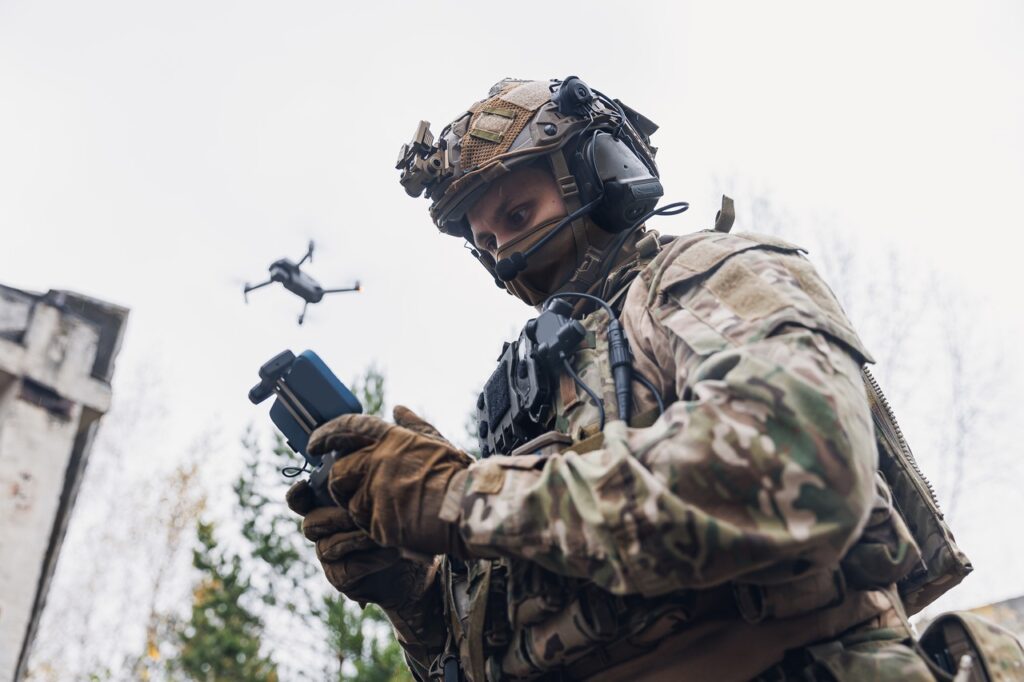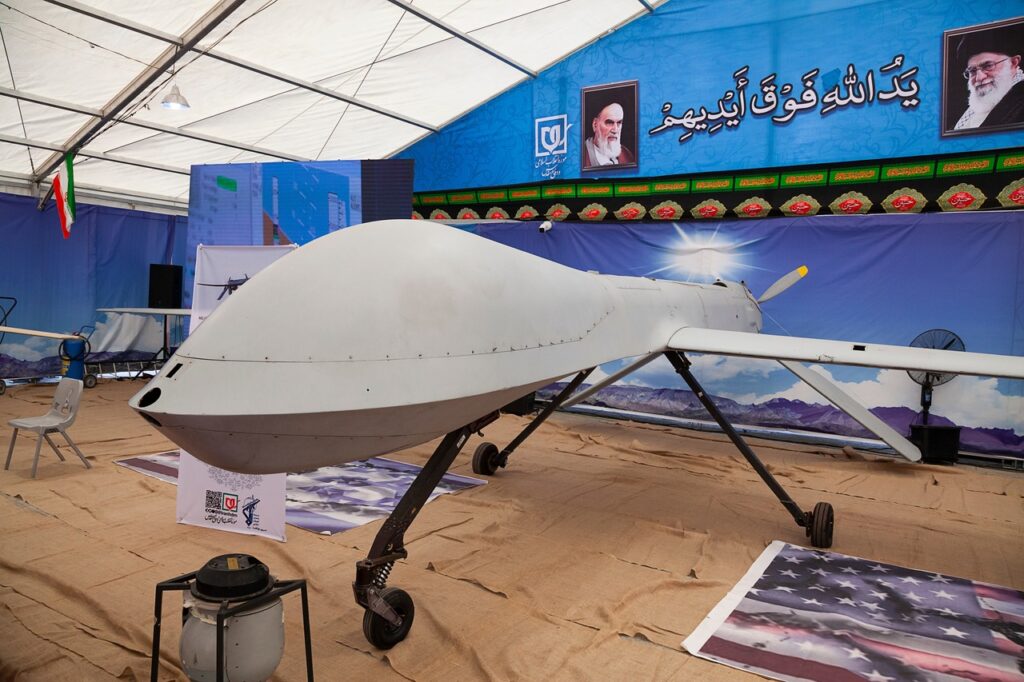
Iran Thinks CIA Drones Took out its F-14 Tomcat
Here’s What You Need to Know: To protect the nuke facilities, in 2004 Iran deployed a task force composed of eight F-4E fighters and eight F-14s plus a former 707 airliner and a C-130 cargo plane outfitted with sensors and radios for command and control. The task force encountered what it believed were CIA drones with “astonishing flight characteristics.”
Iran is the only other country besides the United States to operate arguably history’s most powerful interceptor aircraft, the F-14 Tomcat. And the Islamic republic has worked the twin-engine, swing-wing fighters hard.
The F-14s played a major role in Iran’s war with Iraq from 1980 to 1988. Iranian Tomcat pilots were the only ones to successfully employ the F-14’s long-range, heavyweight AIM-54 Phoenix missile to shoot down enemy planes.
In the decades after the war, Tehran repaired and upgraded the surviving F-14s, scouring the globe for parts in defiance of a U.S. government embargo.
The Americans retired their F-14s in 2006, but around 40 of Iran’s Tomcats remain active. Their main role is defending Iran’s nuclear sites. It’s a mission that has brought the interceptors in close contact with some very mysterious aircraft, according to a bizarre and fascinating 2013 story in Combat Aircraft magazine by reporter Babak Taghvaee.
The Iranians believed the objects were spy drones belonging to the U.S. Central Intelligence Agency, sent to sniff out Tehran’s suspected atomic weapons program. But they attribute to these alleged unmanned aerial vehicles flight characteristics and capabilities far beyond what any known drone can achieve.
And in 2012 one of the alleged flying robots reportedly also shot down an F-14 attempting to intercept it. Or at least some Iranians seem genuinely to believe so.
Over the decades Tehran has built three major nuclear facilities that could, in theory, be used to assemble atomic weapons: reactors at Bushehr and Arak and an enrichment plant at Natanz.
This infrastructure became public knowledge in 2002. No doubt the CIA took a strong interest, potentially long before that date. “A number of reconnaissance UAVs were sent to collect intelligence to prepare for a possible attack” by Western forces, Taghvaee wrote.
To protect the nuke facilities, in 2004 Iran deployed a task force composed of eight F-4E fighters and eight F-14s plus a former 707 airliner and a C-130 cargo plane outfitted with sensors and radios for command and control. The task force encountered what it believed were CIA drones with “astonishing flight characteristics.”
The UAVs could jam radars and disrupt interceptors’ navigation systems. They flew “outside the atmosphere” at speeds of up to Mach 10. They could hover. Flying at night, they emitted a telltale blue light that led to their nickname: “luminous objects.”
“In several cases … F-14s faced them but were unable to operate their armament systems properly,” Taghvaee wrote. One Tomcat taking off to intercept a luminous object on Jan. 26, 2012, mysteriously exploded, killing both crewmen. Taghvaee implies the alleged UAV was somehow responsible, as the F-14 in question was “one of the fittest” of the 40 or so Tomcats then in service.
It should go without saying that the CIA and the Pentagon most likely fly reconnaissance aircraft near—and even over—Iranian nuclear sites. In 2012 and 2013, Iranian fighters tried to intercept American Predator drones outside Tehran’s airspace. In the 2013 incident, a U.S. Air Force F-22 stealth fighter blocked the intercept with some Top Gun-style theatrics.
In 2009, the Air Force copped to the existence of a new, previously secret drone operated in conjunction with the intelligence agency. The RQ-170 Sentinel was based in southern Afghanistan within a short flying distance of Iran. In December 2011, a Sentinel crashed on the Afghanistan-Iran border and was captured by Iranian troops.
Neither the Predator nor the Sentinel is particularly high-flying nor can hover or glow blue. And neither has the electrical power to scramble radars and navigation gear.
Rumors abound that the Air Force and CIA operate a stealthy new drone that has not been disclosed to the public. Even if they do, it’s unlikely that the new UAV is capable of Mach-10 hypersonic flight—the Pentagon is still struggling to reach Mach five.
So if Iranian F-14s truly are chasing around super-fast, super-high-flying, and lethal UFOs, what exactly are they? Who knows.
David Axe served as Defense Editor of the National Interest. He is the author of the graphic novels War Fix, War Is Boring and Machete Squad.
This article first appeared in 2019 and is being reprinted for reader interest.
Image: Reuters.


